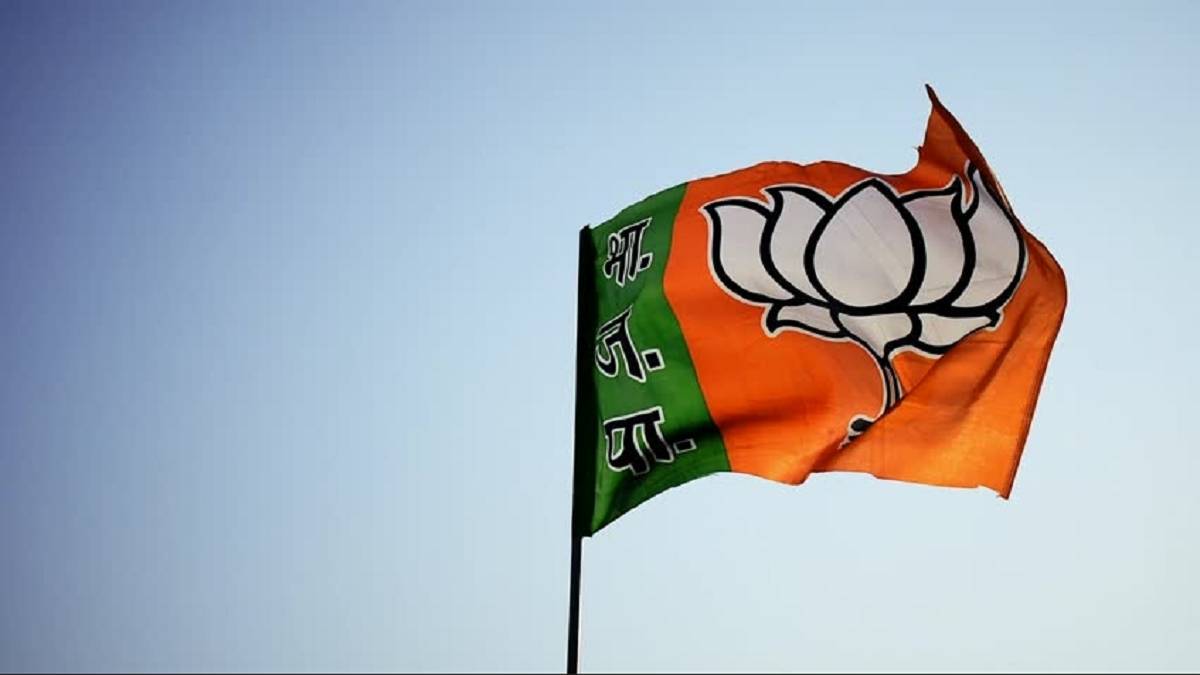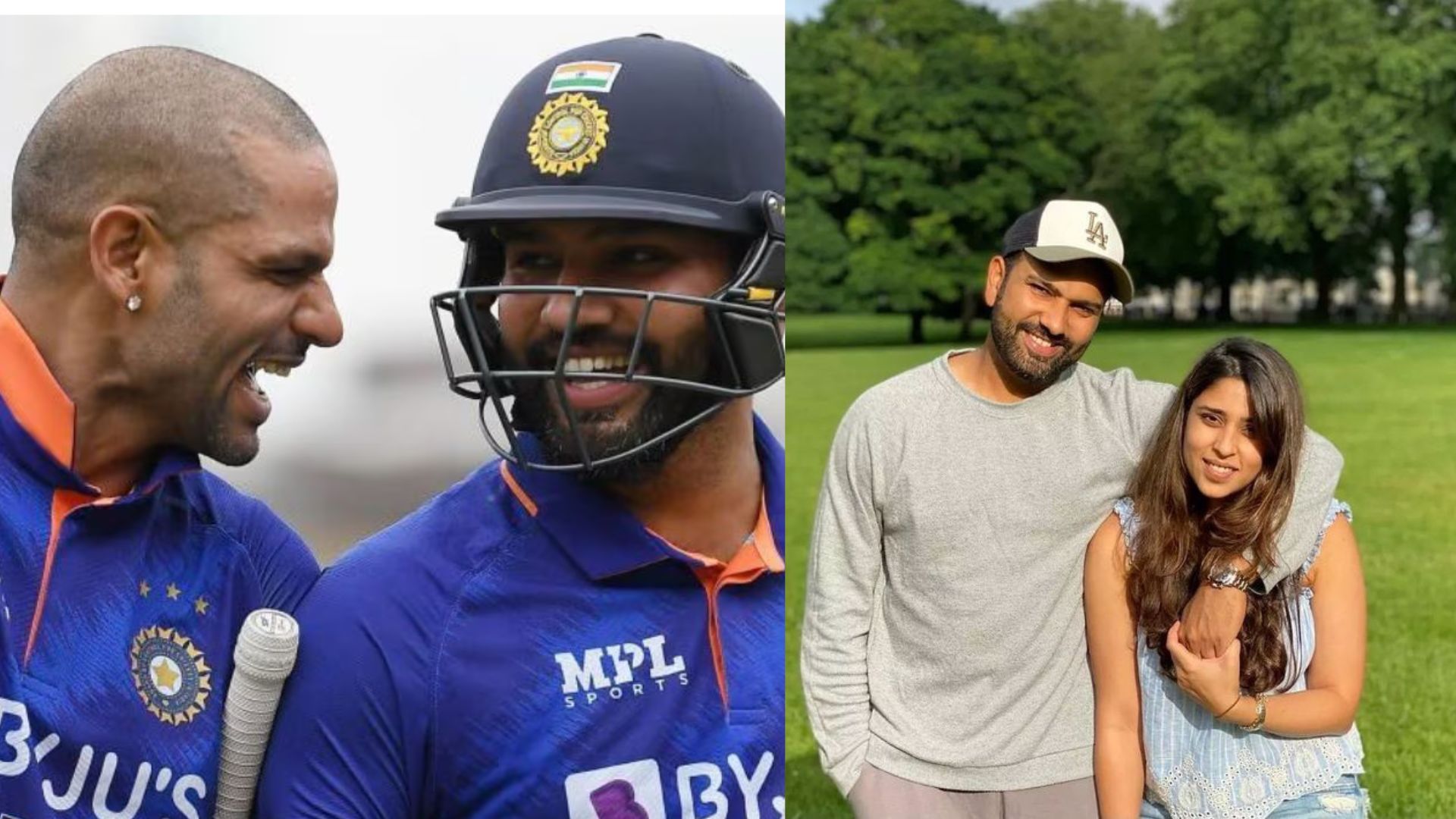
The BJP has come down heavily on two of its spokespersons following a sharp rebuke from Qatar for their anti-Islamic diatribe. The question really is if this was a one-off move (giving in to external pressure) or is the BJP serious about reigning in some of its motor mouths. And yes, I know there are those who will be quick to point out that the Congress and other opposition parties too have their share of unruly mouthpieces but of late, the BJP seems to be scoring over the others. Not only do its spokespersons raise the decibel several notches higher when sitting across their adversaries in TV studios but the tone too is harsher and much more aggressive. Pandering to social media and the culture of hashtags they also specialise in coining memorable but often abusive phrases for their political opponents with the Gandhi family being a favourite target.
When did our discourse fall so low and what role do social media and TV debates play in all this? Over the last decade, the nature of TV debates has become more gladiatorial than conversational with panellists often coming to fisticuffs with each other. One panellist even suffered a heart attack during an acrimonious tv exchange. What hurts me more is not the attitude of the panellists (for they answer to their political masters) but that of the anchors themselves. These are colleagues with whom one exchanges greetings at the press club, at press conferences and in the office. Off-air, they are very social men and women. But the minute some of these colleagues go on air, they don a new persona that is difficult to recognise. Hectoring the opposition and playing up to the ruling party (or vice versa, though that is seldom the case) cannot be passed off as journalism. And while this may have got the TRPs initially, more and more people are switching off these prime time debates and finding recourse in YouTube channels that offer a more civilised conversation (and it is not necessarily anti-BJP). What viewers are looking for is not just a similar brand of ideology on the tv shows but also some intelligent take-aways.
I think in the fag days of the UPA government (which also coincided with the rise of aggression in the TV studios) viewers delighted in seeing the downfall of a government that had lost its popular appeal. Those were the days of the Anna movement, post Nirbhaya and a time when the citizen felt emboldened to make her or his voice heard. They saw anchors as a medium through which they could air their grievances against the government. But now that government has been voted out and a much more popular government is in place. The debates lost the `unpopular politician’ as the target so they began turning to other targets and minority bashing was the low hanging fruit.
Unchecked, this dialogue has now led to statements that are not just intolerant and blasphemous but also portray an India that was never meant to be. This is why someone as senior as Mohan Bhagwat, the RSS Sarsanghchalak, came up with his rebuke to stop looking for a shivling in every masjid. Live and let live was the subtext of his advice, and one just hopes this is followed not just by the panellists but even by some of those conducting these dangerous debates.















